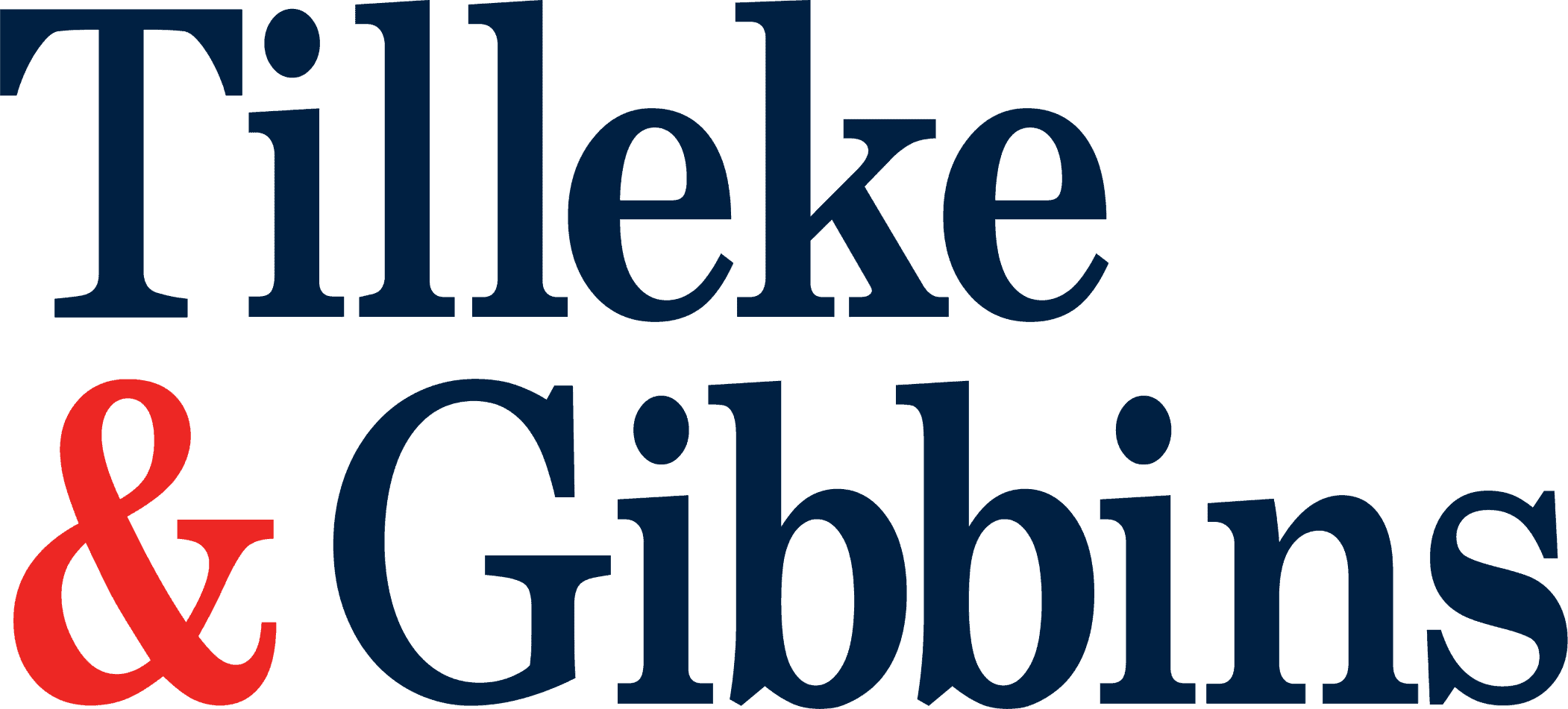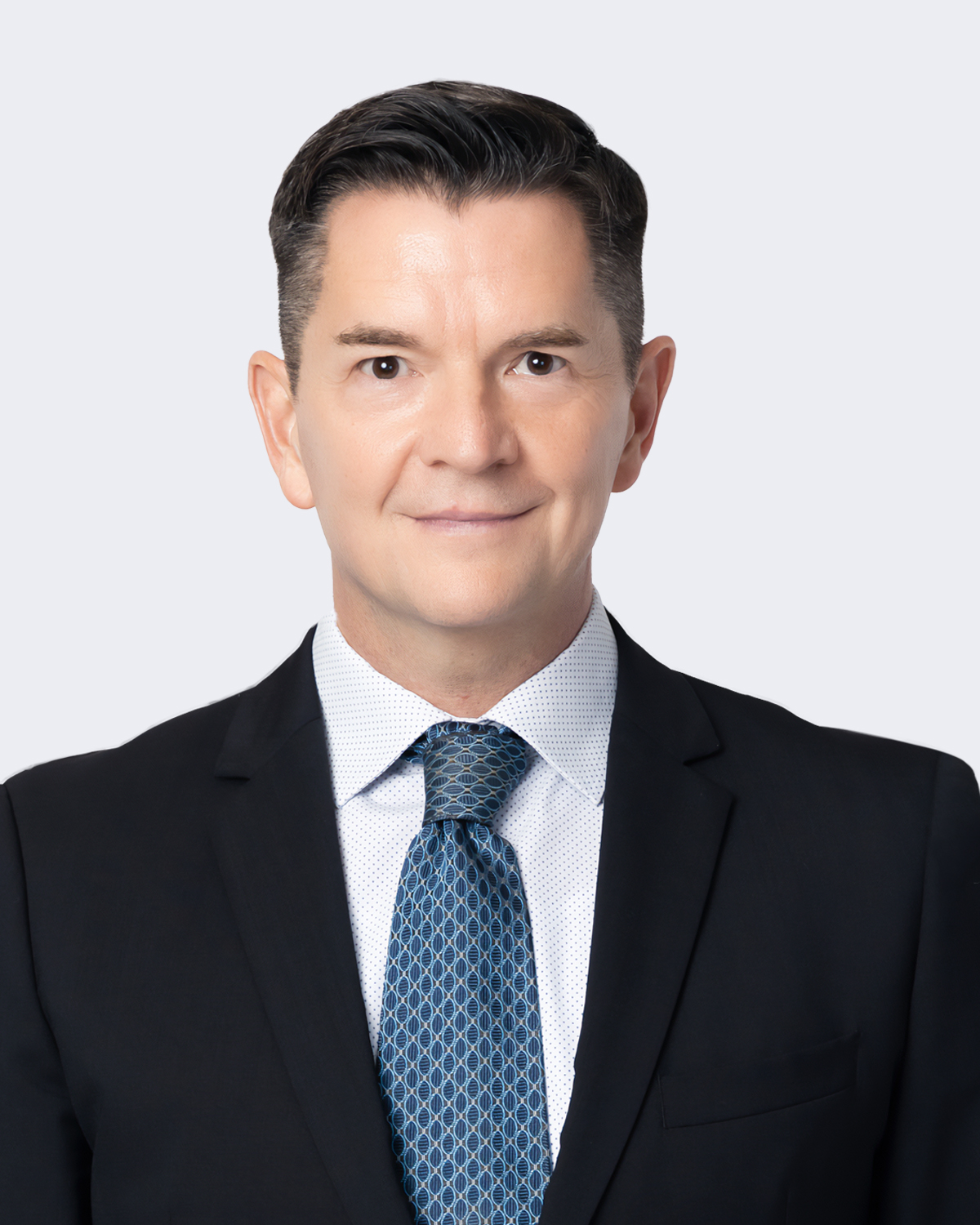
As various countries introduce restrictions on trademark rights with regard to certain products – most notably tobacco – there is growing concern about whether such national rules may undermine trademark rights and how they apply internationally.
Rights holders and IP lawyers constantly deal with questions of whether to register a trademark or how best to protect a logo or other mark that may be used, or is intended to be used, in the course of trade. Having a trademark registration is surely better than having no protection at all; but does a trademark registration provide the owner with the full ambit of rights that it was expecting or that it deserves?
The US Patent and Trademark Office (USPTO) website’s “frequently asked questions” section notes that a trademark affords the owner: “A legal presumption of your ownership of the mark and your exclusive right to use the mark.” The UK Intellectual Property Office published a trademark guide in March 2013 (Intellectual Property Office, Trademarks: Quick Facts) stating that a trademark registration “provides ‘concrete proof’ of your legally protected rights”. However, there is now concern about exactly how concrete such rights are with regard to new rules introduced by certain countries around the world that restrict trademark use on certain goods.
Trademarks – Value and a Right to Use
Brand owners see a trademark as an asset, something with a positive value that may account for a significant percentage of the company’s value. The registration of a trademark provides a certificate which represents an entitlement to the brand and all the goodwill and value that has been built up (or will be built up) over the duration of its use and registration. Regardless of the business’s size, a significant value can be derived from the trademarks and/or service marks that the business owner has developed, registered and uses.
Over time, these marks can create value and generate revenue in a number of ways, including being sold, licensed in or out, used as capital into a joint venture, offered to enter into strategic alliances, integrated with a current business or used to create a new business. During economic downturns, trademarks can also be used as collateral when pledged, mortgaged or charged.
Another value of trademarks is in the owner’s ability to exclude others from using the same mark, or something confusingly similar. In some cases, the motivation to register may be simply the intention to exclude others from the market. In other cases, registrations can be purely defensive.
Rights holders are well used to having to disclaim exclusivity for certain parts of their trademark which may not qualify under the registrability criteria of local laws. This is usually done under the guidance of the Agreement on Trade-Related Aspects of Intellectual Property Rights (TRIPs) and serves as an internally established fetter set by the established legal test of distinctiveness. Rights holders are less familiar with externally established fetters. These are restrictions that affect the use of a trademark from sources outside of each country’s IP department or court and, when disputed, lead us to take a closer look at whether registering a trademark gives the owner a positive or negative right.
This article looks at the position in Thailand, Vietnam and Indonesia in relation to a variety of affected products, from tobacco to medical devices.
Thailand
There are restrictions on trademarks for several different types of products in Thailand, including the following:
- Alcoholic beverages – alcohol can be advertised only if it does not show the product’s quality or only in a way that does not persuade people to drink it, whether directly or indirectly.
- Cosmetics – there are a number of examples of trademarks, words or slogans which the Thai Food and Drug Administration (FDA) prohibits from being used in connection with cosmetic products with prior approval. For example, terms such as bio, nano or 24K gold are not permitted, even if these are registered trademarks, unless it can be proven that they are ingredients in the product’s formulation.
- Food products – health claims such as words or slogans relating to the benefits, efficacies or functions of a food product are prohibited in Thailand. Product names which include the words slim, lean, white and boost, among others, are not acceptable, even if these are the business’s registered trademarks. Although both the Department of Intellectual Property and the FDA share a common objective to prevent consumers from being misled, the department focuses on whether the trademark is distinctive, whereas the FDA focuses on the intent behind the product name.
- Medical devices – many trademarks, words and slogans are specifically prohibited from being used on medical devices in Thailand. These include terms such as excellent, special, the best, completely cured, holy, marvelous, safe, number one, no adverse effects, superior and most appropriate. Condoms – which are classified as medical devices in Thailand – cannot use terms such as super, wonderful or quality. Such terms might be acceptable as part of their registered trademarks, but they will not be allowed on packaging or marketing materials.
- Pediatric nutrition – the FDA holds meetings to approve any product names. Again, a business’s registered trademark, granted by the department and likely used in many countries, would not necessarily help it to overcome a rejection from the FDA.
Tobacco laws and draft Tobacco Consumption Control Act
Tobacco products may not be advertised or marketed in Thailand. However, under the draft Tobacco Consumption Control Act, the Ministry of Public Health is trying to impose further restrictions on tobacco companies, retailers, distributors and others from conducting additional activities essential to any business, including providing price discounts as a part of advertising and promotion; displaying prices for products; extending trademarks to other goods and services; and even deciding themselves on how to design their product packaging (this decision will become the decision of a body of people, none of whom can be related to the tobacco business or it seems, the Department of Intellectual Property).
Thailand already has some of the strictest tobacco regulations in the world. For example, all packs include graphic health warnings that cover 55% of the front and back of the pack, smoking is banned in most places, and tobacco products may not be advertised or marketed at all. In August 2013 various interested parties obtained a preliminary injunction against the Ministry of Public Health’s proposed legislation to increase the size of the graphic health warnings from 55% to 85%. The litigation on that matter continues.
In addition, there are suggestions that the ministry may be considering introducing plain packaging. The draft Tobacco Consumption Control Act is set to introduce more restrictions, including the government dictating the design of tobacco product packaging and facilitating the introduction of plain packaging. Certain advertising and marketing restrictions would impinge on trademark rights – primarily draft Article 40, which will be the instrument through which the plain packaging requirement is introduced once further ministerial regulations dictating how tobacco products are to be packaged are enacted by the Ministry of Public Health.
However, it is draft Article 31 which will likely be the most troubling for rights holders, as it serves as a wide-reaching prohibition on advertising which goes beyond the existing language prohibiting the display of the name or trademark of tobacco products. The new language prohibits the use of the importer’s or manufacturer’s name or trademark and includes a ban on all “advertising or marketing communications”.
Additionally, the draft of Article 32 goes even further by prohibiting the display of tobacco product names or trademarks or tobacco product importer or manufacturer names or trademarks on any other products. Ostensibly, this would prohibit any mark that is used for tobacco products or registered in Class 34, and also ban the sale of any such products.
By registering a trademark, the rights holder has obtained the exclusive rights to use it and license its use in Thailand. Section 44 of the act sets out the trademark owner’s right to use the trademark: “A person who is registered as the owner of a trademark shall have the exclusive right to use it for the goods for which it is registered.”
A ban on use of trademarks on tobacco products would serve to disallow rights holders’ use of their trademarks and put those marks at risk of cancellation for non-use.
Indeed, as Thailand prepares for accession to the Madrid Protocol, Thai companies may choose to use this new international trademark application system as their businesses grow and expand into new overseas markets. However, if their original Thai trademark is cancelled for any reason, including for non-use, then this would amount to a central attack and their equivalent trademarks in those other countries would be cancelled as well.
Thailand’s international obligations
In addition to the protection that a business’s valuable trademarks enjoy under Thai law, they are also protected under international treaties, including the World Trade Organization’s (WTO) TRIPs Agreement. Thai laws and regulations controlling the use of trademarks would bring into question Thailand’s obligations under various TRIPs articles, including Article 20, which prohibits unjustifiable encumbrances on the use of a trademark in the course of trade.
Australia is currently dealing with the consequences of enacting plain packaging in the WTO. Since it introduced plain packaging measures, three countries have formally requested WTO consultations with Australia. On September 28 2012 the WTO Dispute Settlement Body agreed to establish a panel to hear Ukraine’s complaint against the plain packaging measures taken by Australia. Loss of the WTO cases and other pending related international cases could result in the annulment of the Australian law. Thailand has been down this road before, when the Ministry of Public Health proposed putting graphic health warnings on alcoholic beverages and a number of countries questioned the proposal before the WTO as well.
Vietnam
New Advertising Law and its effect on trademarks
The Advertising Law, which came into effect on January 1, 2013, prohibits any form of advertising of the following (among others):
- Alcoholic beverages – alcohol products with concentrations of 15% or more may not be advertised in any form, which means that the marks registered for these products can be used only on the products themselves.
- Pharmaceuticals – drugs may not be labeled with trademarks which exaggerate their efficacy. Drugs with different active ingredients must have different names.
- Cosmetics – each cosmetic product must have a legible label affixed to the packaging in a conspicuous place. The color of the letters, numerals, drawings, images, signs, and symbols presented on the label must be clear and must contrast with the background. The content of the label must conform to the Association of Southeast Asian Nations’ (ASEAN) requirements for cosmetic product labeling. If the size, shape or material of the package prevents the full display of the required information, auxiliary labels or inserts may be used, but the product’s name and lot number must appear directly on the package. Clearly, such requirements restrict how the rights holder can use its mark and place an additional burden on it to print further labels over and above those already provided (if there is not enough space).
- Food – Vietnamese law requires that all imported and domestic foods have labels indicating certain compulsory content. The product name must appear first in the clearest, largest font size and must be at least three times larger than other words on the label – this will not necessarily be the trademark, but could also be the kind or variety of goods to which the mark may be applied. The trademark must appear in a prominent place on the packaging itself, but this imposes an unclear restriction on use of the trademark on the labels, particularly if the product is co-branded.
- Tobacco – labels may not carry forms or words that lead to consumer confusion as to the nature or influence of tobacco on health. Such banned descriptors include low, light, ultra-light, mild and the like. However, if such descriptors are an element or a mark that was registered before implementation of the Law on Tobacco Harm Prevention on May 1 2013, then these trademarks can continue to be used.
Indonesia
Closer linkage between regulators and IP departments
In Indonesia, regulators are a little less zealous about impinging on registered trademarks. Either due to a more sophisticated and informed consumer public or perhaps closer links between the National Agency of Drug and Food Control (Badan POM) and the Directorate General of Intellectual Property, trademarks are less likely to be precluded from use on certain highly regulated goods, such as food, pharmaceuticals, alcohol and tobacco, than in other Southeast Asian countries. While there is a partial ban on tobacco advertising in electronic media, with restricted airing allowed only between 9:30pm and 5:00am, currently there is just one authorized text warning required, but no specific size has been assigned.
Trademarks Help to Combat Counterfeits
Thailand and Indonesia have been placed on the Office of the US Trade Representative’s Priority Watch List for the world’s most notorious IP violators (Vietnam is listed one level down on the Watch List). By restricting the use of trademarks, it will become more difficult to identify counterfeit, smuggled or other illicitly traded products in these countries. For tobacco products, for example, if plain packaging is implemented and all packages are identical, with no security features, Customs may be unable to tell a counterfeit from a genuine product. This will also likely increase the ease with which infringers can copy such products, which in turn will increase the trade in unlawful products and cause confusion in consumers’ minds about which products are genuine and which are not. The social impact is that an increase in low-quality counterfeits could actually increase the health risk for consumers, not to mention the tax income lost to the government.
The 10 nation members of ASEAN have committed to implement an ASEAN Economic Community (AEC) by 2015. As of January 1, 2010, with the full implementation of the ASEAN Free Trade Agreement (now the ASEAN Trade in Goods Agreement), the trading bloc has created a single market of more than 600 million people, making it the world’s ninth largest economy, with a growth rate of 7.5%.
The problem will be further exacerbated in 2015 when goods – including counterfeit tobacco – are allowed to move freely around ASEAN. Plain packaging measures would not be conducive to efforts to reduce the trade in illicit and counterfeit goods.
Conclusion
Different government ministries deal with different issues in different ways. Conflicts will arise from time to time – for example, between the ministries of health (where food and drug officials sit) and the ministries of commerce (where IP officials sit). Seldom does the ministry of health converse with or consult the government body responsible for intellectual property before making a decision. Such a relationship, which is rare in many jurisdictions, is known as linkage and is to be encouraged to avoid undue fetters on trademark usage.
While it may take a few more years to harmonize IP registration systems within the 10 ASEAN nations, regional FDAs and departments of agriculture have already begun to streamline and harmonize their registration procedures. Some examples include the following:
- Cosmetics – on January 1, 2008, ASEAN member states implemented the ASEAN Harmonization Cosmetics Regulation Scheme. As a result, a streamlined system and an efficient registration process have replaced the previously chaotic system, and there is now a single category for cosmetic products.
- Pharmaceuticals – while currently each local FDA has different requirements for registering pharmaceutical products in each ASEAN country, the pharmaceutical industry is leading the way by implementing a harmonized regulatory scheme which aims to eliminate technical barriers to trade. The various FDAs have implemented the ASEAN Common Technical Requirements and Dossier on Quality, Safety and Efficacy, which provides guidelines on analytical and process validation, stability studies and bioavailability/bioequivalence.
- Medical devices – each member state has until 2014 to implement the new requirements established by the Medical Device Working Group, to finalize the harmonization process for all medical devices.
- Food – in 2009 the AEC adopted the ASEAN Integrated Food Security Framework and Strategy Plan of Action for ASEAN Food Security. It is currently considering using the Codex General Standards for Food Additives as the basis for harmonization.
- Agricultural products and livestock – harmonization of agricultural products is also well underway, with the 2006 ASEAN Good Agricultural Practices for Fresh Fruit and Vegetables adopted as a standard for the production, harvesting and post-harvest handling of fruits and vegetables in the region. Other harmonization standards include accreditation for livestock establishments and livestock products.
In terms of the future, it will be interesting to see whether such common approaches to product registration can be extended to harmonized agreements on how those products, once registered, may be marketed, advertised and branded with the valuable trademarks that they carry in most other countries. ASEAN is proving to itself and the world that its FDAs can work together to agree on the registration of products under their respective responsibilities. The challenge will be to see whether these regulators can work with their IP departments to ensure that these valuable trademarks are recognized and are allowed to be used when registered.

